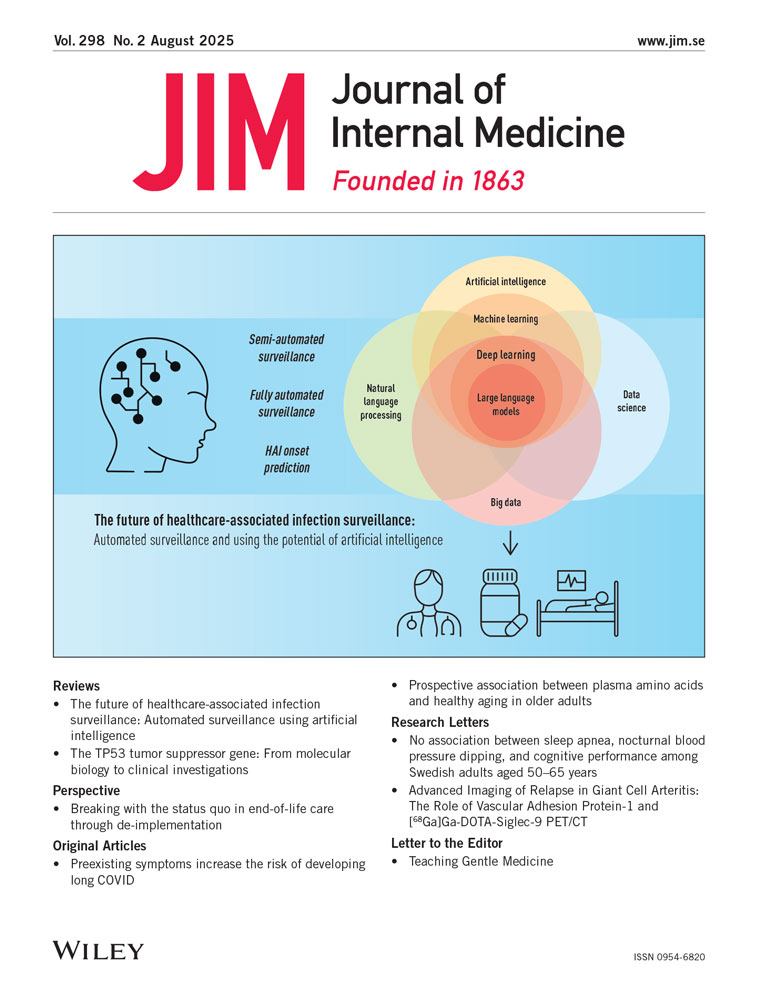Outcome of Patients with Diabetic Nephropathy after Kidney Transplantation
Abstract
ABSTRACT During the period 1973–1983, 1014 patients with end stage renal failure received a kidney graft at the Helsinki University Central Hospital. As a consequence of diabetic nephropathy, 163 of them (16%) developed renal failure. Ten diabetic (6%) and 72 non-diabetic (9%) patients received grafts from a living donor. One-year patient survival did not differ between diabetic and non-diabetic patients (76% and 79%, respectively). From the second post-transplant year onwards patient survival was worse in diabetic than in non-diabetic patients. The two groups did not differ with respect to graft survival. Sixty-two diabetic patients (38%) died during the follow-up period, with myocardial infarction as the most common cause of death (31%), followed by infection (15%) and cerebral stroke (13%). Seven myocardial infarctions out of 19 occurred within three months of transplantation. However, significantly more fatal and non-fatal myocardial infarctions were observed in post-transplant patients who had returned to dialysis therapy than in patients with a functioning kidney graft. Blindness did not influence the outcome of transplantation. Nor did the transplantation significantly affect the course of this diabetic complication. In conclusion, although the early success rate of kidney transplantation in our study population was acceptable, the later outcome was poor, mainly due to advanced disease-related complications.
Abbreviations:
-
- CAPD
-
- continuous ambulatory peritoneal dialysis
-
- MI
-
- myocardial infarction
-
- LRD
-
- living related donor




